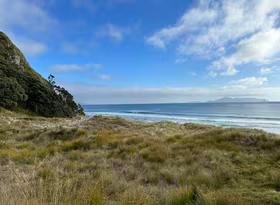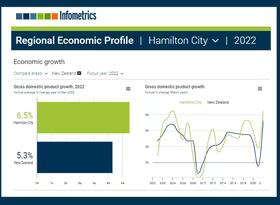International education adds $4.28bn to GDP
Infometrics recently authored a report for Education New Zealand showing that international education constituted $4.28bn of New Zealand's GDP in 2015/16. The report shows that the value added to the New Zealand economy by international education has risen over 50% since 2012. The economic value is made up of $4.04 billion from international students studying in New Zealand, and $242 million from services delivered offshore.
Driving the increase has been a 25% increase in the total number of students and large rises across the sector in expenditure on living costs, particularly by primary school students where expenditure includes that of guardians. Expenditure by this group was probably understated in previous assessments, but a much larger sample size for this group has greatly enhanced the robustness of the estimates.
Another factor that could have caused the lift in expenditure is students remaining in New Zealand after their course has finished, perhaps moving on to more study after a gap or seeking to work in New Zealand. To the extent that the latter is true it may not be entirely valid to attribute all the expenditure of such students to the international education industry.
Total employment (direct plus indirect plus induced) attributable to the industry is estimated at over 32,000 filled jobs, compared with 28,000 in 2012/13, an implied rate of increase of 14% which is much lower than the increase in the contribution to GDP (value added) and also lower than the increase in the number of students. This contrast suggests that another reason for the large increase in value added is price inflation, as volume changes would be more likely to drive changes in employment. The most significant component of price inflation would likely be the steep escalation in property prices (and hence accommodation costs) in the last few years, particularly in Auckland which has two thirds of international students.
While Auckland has by far the most students, the highest average spend is by students in Waikato (Hamilton). Otago (Dunedin) students have the highest mean tuition fee, reflecting the relatively high proportion of university students, but living costs there are below average.
Twenty-six percent of students came from China in 2015 and they produced 35% of total value added, although the students with the highest average spend come from the Middle East and Korea.
The full report is available here.







